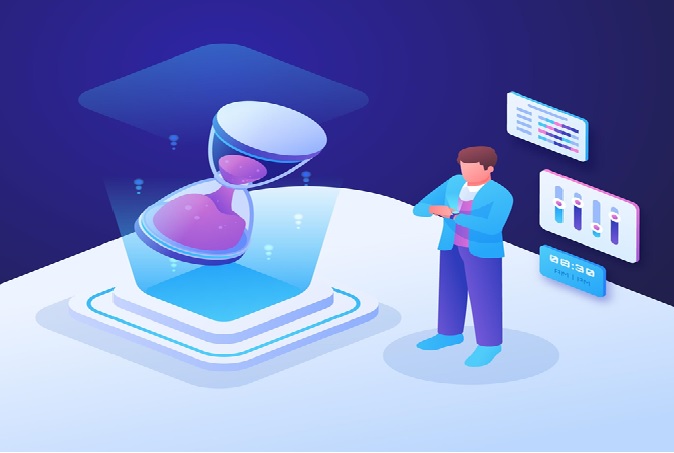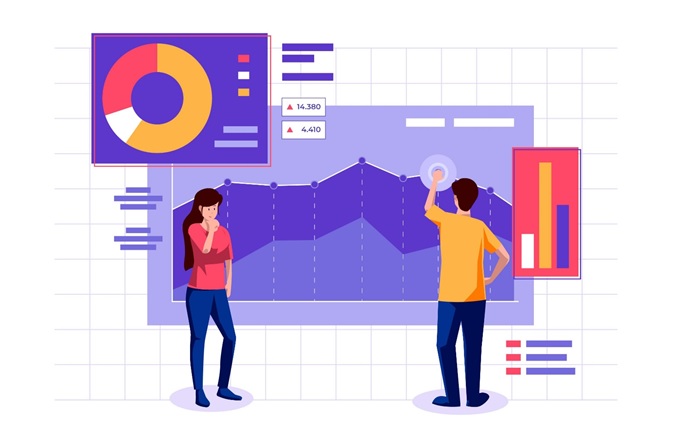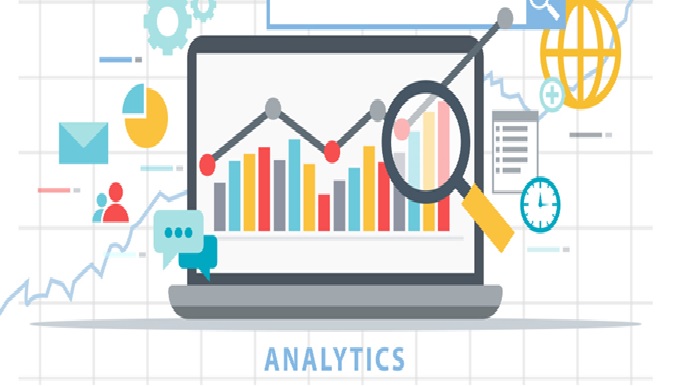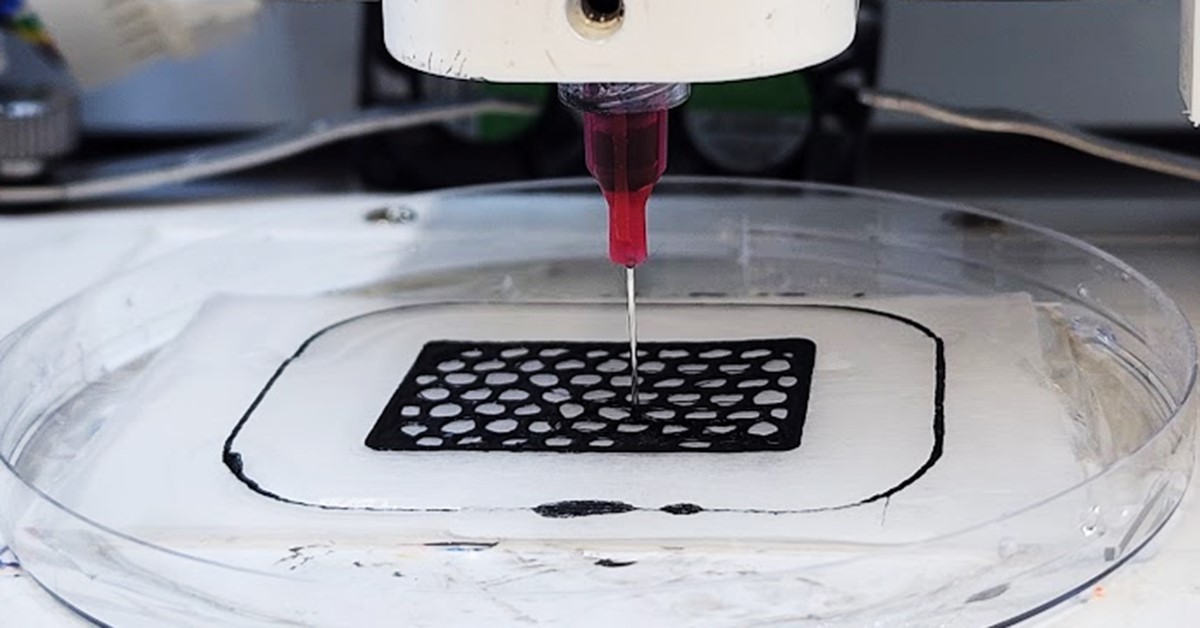Real-Time Analytics
Real-time analytics is the process of analyzing data as it is generated, in real-time, to identify patterns and make decisions based on that data. This involves collecting and processing data as it is generated, and then analyzing that data using machine learning algorithms, statistical models, and other analytical tools to identify patterns and insights.
Real-time analytics is used in various business scenarios such as monitoring social media sentiment, identifying fraud in financial transactions, or optimizing supply chain operations. It can also be used in manufacturing to monitor equipment performance in real-time or in healthcare to monitor patient health.

Figure 1. Real-time analytics
Figure 1 shows is an illustration of Real-Time analytics. The real-time analytics process typically involves the following stages:
- Data ingestion: Collecting data from various sources in real-time, such as sensors, social media, or mobile devices.
- Data processing: Processing the data to ensure its quality and accuracy, and transforming it into a format that can be analyzed.
- Analysis: Analyzing the data using machine learning algorithms, statistical models, and other analytical tools to identify patterns and insights.
- Action: Taking immediate action based on the insights generated by the analysis, such as sending alerts, triggering workflows, or automating business processes.
Benefits of real-time data
Real-time analytics can be incredibly useful for today’s businesses. Here are some of the benefits that these tools can offer. [1]
- Tracking customer data. See the latest time-sensitive customer data and craft an immediate response. Real-time analytics reveals when and why your customers behave as they do, and how to optimize their satisfaction.
- Cost efficiencies. Real-time analytics can help improve profitability by saving money across the organization in areas like hiring and retention, employee engagement, and of course, reducing the workload of the IT department.
- Faster response time. A sudden market fluctuation can mean big opportunities for businesses. Real-time analytics can ensure that you get ahead of situations that might cost money or conversely, could be a big money-maker.
- Real-time testing. With immediate answers at their fingertips, businesses can forecast with confidence and optimize their data to find the best options. Split-testing or A/B testing can be carried out with ease to make big decisions clearer.
Real-time analytics can help businesses to quickly identify emerging trends or problems, and take immediate action to address them. By analyzing data in real-time, businesses can make faster, more informed decisions that can lead to improved business outcomes. Real-time analytics can also help businesses to improve operational efficiency, reduce costs, and enhance customer experience.
References:
- https://www.sisense.com/glossary/real-time-analytics/#benefits
Cite this article:
Hana M (2023), Real-Time Analytics, AnaTechMaz, pp.49















